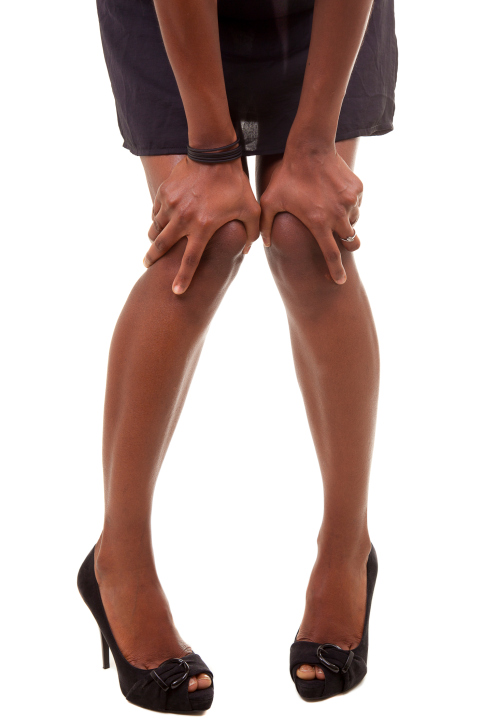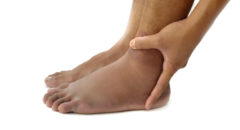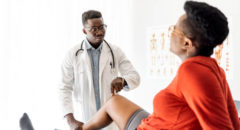 The Surgeon General’s Call to Action to Prevent Deep Vein Thrombosis and Pulmonary Embolism 2008 report highlighted the scope and impact of deep vein thrombosis (DVT). The report stated that as many as 100,000 to 180,000 deaths occur annually due to DVT and pulmonary embolism (PE) in the United States alone. Although many of these events are preventable, there are a large proportion of DVT events that occur spontaneously, without any signs or symptoms.
The Surgeon General’s Call to Action to Prevent Deep Vein Thrombosis and Pulmonary Embolism 2008 report highlighted the scope and impact of deep vein thrombosis (DVT). The report stated that as many as 100,000 to 180,000 deaths occur annually due to DVT and pulmonary embolism (PE) in the United States alone. Although many of these events are preventable, there are a large proportion of DVT events that occur spontaneously, without any signs or symptoms.
The cause of DVT is a complex interaction of environmental or inherited risk factors, and the prevalence of these risk factors depends on the population being studied. Past studies and clinical trials of DVT have only focused on patients of European ancestry and as a result, the current understanding of inherited DVT risk factors is weighted towards those factors that are more (or even exclusively) prevalent in that population.
However, recent hospital discharge data and studies from large observational cohorts show that DVT occurs differently by race, with blacks having the highest rates, followed by whites then Hispanics and Asians. The overall incidence of DVT is 30% to 60% higher in blacks than in whites. This is also true across age groups and gender. The overall incidence of pulmonary embolism (PE) and pregnancy-associated DVT is also higher for blacks.
According to a 2011 study of New York City autopsies, blacks are three times more likely than whites (3.73 verse 1.15 deaths per 100,000 people per year) to have out-of-hospital fatal PE. Idiopathic (unexplained or unknown cause of) PE is more common among blacks (18% versus 10%), and on average blacks that died a result of PE was on average nine years younger than whites that died of PE.
Here are SEVEN of the top symptoms to look for:
1. Leg Pain
With large blood clots, pain and tenderness can occur in the leg affected—particularly when standing, climbing stairs, or walking.
2. Swelling
Swelling, particularly around the affected area (i.e., calf or thigh) may occur with a worsening clot.
3. Feverish Skin
Another common sign shows itself in the affected leg with skin that’s warm to the touch or even feverish.
4. Patchy Skin
The leg afflicted with the blood clot may also turn red and patches of discolored skin may develop along the thigh or calf muscle.
5. Bloody Coughing
Sudden and unexplained coughing may occur with bloody mucus within.
6. Swollen Veins
A clear indication that you have a blood clot can be seen if visible surface veins become red, swollen, and tender to touch.
7. Chest Pain
Oftentimes, blood clots cause sharp chest pain due to restricted breathing—particularly if the clot detaches and reaches the lungs.
Results of the research study suggest that there are important differences between patients with fatal out-of-hospital PE and those with other types of DTV-related events. This finding also suggests that DVT may be, in fact, a disease that has variable incidences and expression patterns in different ethnic groups. Several chronic diseases (i.e., hypertension, diabetes, kidney disease) are more common among blacks with DVT than among whites with DVT, but their relative contribution to overall DVT has not been determined because these same chronic diseases are common among blacks without DVT.
Visit the BlackDoctor.org Deep Vein Thrombosis center for more articles.









